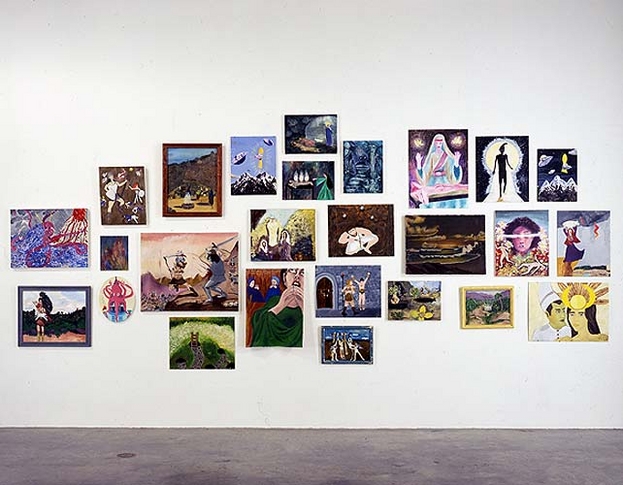Art is very deeply rooted in Italy. Italian artists like Michelangelo, Raphael, and Leonardo da Vinchi (often thought of as “The Great Masters”) are the first few that come to mind when people think of the Renaissance. Each one of them have had significant impact on the advancement of art in our history. Their artwork, among other great Italian attractions, has attracted millions of tourists to Italy every year, making Italy the fifth highest tourist earner in the world! Lately, however, high-end fairs that specialize in old masters and antiques have been having trouble retaining and attracting buyers. Which is exactly why Fabrizio Moretti, an old master paintings dealer, decided to invite Jeff Koons, an American artist, to Florence to cut the opening ribbon at the 29th edition of the Biennale International dell’Antiquariato di Firenze and to show two of his sculptures.

Italian poster advertising the appearance of Koons’ artwork in Italy
Scott Rayburn opens his New York Times article, Florence Turns Up the Celebrity Heat, by describing the strange and bizarre placement of Jeff Koon’s sculpture, “Pluto and Prosperina”, outside of the Palazzo Vecchio, which is Florence’s town hall. The piece was strategically placed in between masterpieces by the renown Donatello and Michelangelo, thereby creating a true juxtaposition between the art of the old masters and that of the contemporary. But that stark contrast was exactly the point. Dario Nardella, Florence’s mayor, thought that doing so would “broaden international interest in Italy’s oldest and most prestigious fair devoted to its own historic art!”

Koons’s “Pluto and Prosperina” (center) placed between copies of artwork by Donatello and Michelangelo, at the Palazzo Vecchio in Florence, Italy
Both of Koons’s works of art, “Pluto and Prosperina” and “Gazing Ball (Barberini Faun),” are inspired by artwork from the past, specifically artwork by Bernini and Donatello, respectively. When asked about inspiration for his artwork, he said “The way art functions in its connective power is very similar to our genes. Picasso will be referencing El Greco and El Greco will be making another reference. It’s a community. Information is transferred.”

“Gazing Ball (Barberini Faun)” by Koons. Placed inside the Town Hall.
I think Koons makes an interesting point in connecting his artwork with the past. There is something very empowering to think of art as a connection or “linkage” to the artists that were around prior to him, while still being able to advance it in some way or another. What I believe is so special about the art field, unlike other fields or industries, is that the possibilities in which people can create art are endless. It’s impossible for the arts to “die out”, as people will always be finding new ways to present their creativity. Though Italy currently struggles to attract buyers, I think that the combination of artwork from two time periods (Michelangelo and Koons, for example) provides an interesting perspective on the advancement and development of art (while still staying connected to past artists!) and will hopefully help boost the interest of buyers from around the world.

 The Abrons Arts Center current artistic director, Jay Wegman, is often described as “outrageous” although his current involvement in suggestive theatrical productions is distinctly polar to his upbringing. Wegman grew up as a churchgoer, and eventually moved to Manhattan to attend seminary. At the Cathedral of St. John the Divine, Wegman was hired as the canon for liturgy and the arts, and it was after he left this position that he started work with Abrons.
The Abrons Arts Center current artistic director, Jay Wegman, is often described as “outrageous” although his current involvement in suggestive theatrical productions is distinctly polar to his upbringing. Wegman grew up as a churchgoer, and eventually moved to Manhattan to attend seminary. At the Cathedral of St. John the Divine, Wegman was hired as the canon for liturgy and the arts, and it was after he left this position that he started work with Abrons. ience an example of performing arts, and claim that as a result they experienced a certain sensation, someone else cannot deny their experience to be genuine, even if the latter lacks evidence to make his or her claim. Art does not pertain to rules, definitions, nor limits.
ience an example of performing arts, and claim that as a result they experienced a certain sensation, someone else cannot deny their experience to be genuine, even if the latter lacks evidence to make his or her claim. Art does not pertain to rules, definitions, nor limits.








 According to a
According to a 

Recent Comments